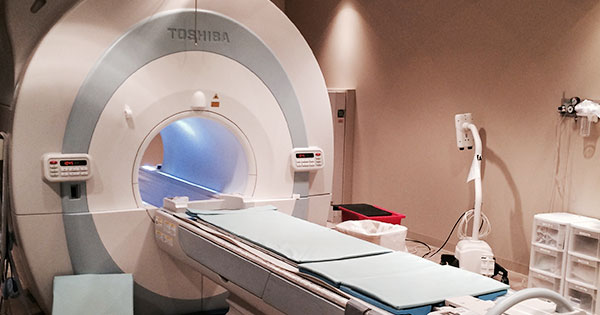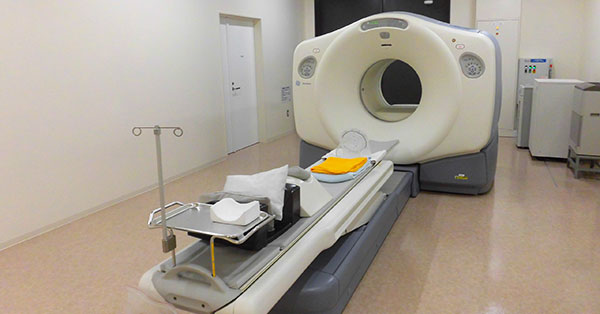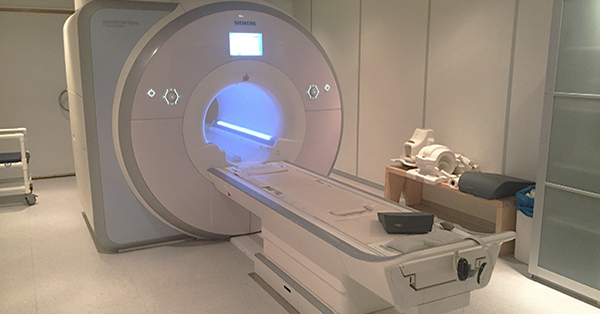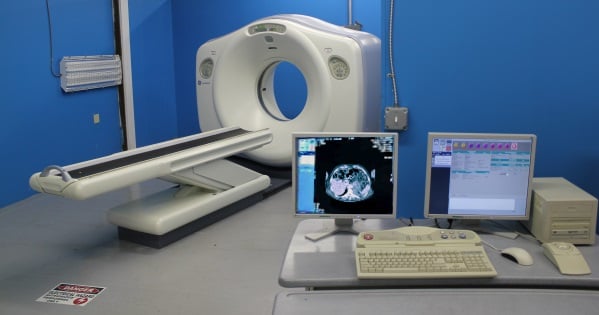
There is a long list of items to check off your MRI room list prior to buying and installing an MRI system. One of the most important items on that list during your MRI installation is preparing the room for RF shielding.
As a recap, RF shielding prevents the noise of radio frequency from entering the MRI scanner and distorting the scans/images. It is a must-have if you plan to install an MRI and comes with extensive planning.
Below we will explain how to prepare your MRI room for RF shielding and cover important tests to conduct prior to performing MRI scans.
Assess Your Facility
Before the RF shielding process can begin, you'll want to assess your MRI room. During the assessment, you'll want to evaluate the room's construction, electrical systems, HVAC setup, and existing equipment. This assessment will help identify potential sources of electromagnetic interference (EMI) and guide the RF shielding plan.
Contact a Shielding Vendor
Once you've assessed your MRI room, you'll want to contact a shielding vendor. There’s a good chance the vendor you buy your MRI from won’t be the same vendor that will provide your MRI shielding.
Our recommendation is that you contact this vendor before you go too far in the purchasing process to confirm that your site is in a location suitable for an MRI to be installed.
This vendor will perform the following tests to ensure your site is suitable for RF shielding. The information they give you will be vital.
Vendor Tests:
AC/DC interference:
This test measures the potential effects of electrical currents in the vicinity of the intended MRI site.
Test for RF interference:
This test measures the potential effects of RF-producing equipment within or around the building.
Test for vibration:
This test measures for, you guessed it, vibration. If your system is shaking as it’s scanning, your images are going to suffer.
The vendor and tests detailed above will ultimately determine what kind and how much shielding your MRI needs.
Determine What RF Shielding to Install
With your site assessment and vendor tests complete, you can now decide if your facility can properly install an MRI.
If the answer is yes, you'll work with your vendor to determine if Copper, Galvanized Steel, or Aluminum shielding is right for you.
The Takeaway
It's important to determine if your facility can properly house RF shielding for your MRI system.
Following the above steps can help make your discovery process smoother, and get you well on your way to installing your MRI system.
The Block Imaging team is ready to help with your next MRI project. With a trusted team of MRI experts and project managers, we can help you navigate from purchase to installation.

Steve Rentz
Steve Rentz is the Product Manager for MRI Scanners at Block Imaging. Steve's goal is to earn each customer's trust and business by specifically addressing the needs of their unique project. When Steve is not helping customers with their MRI needs, he enjoys running, swimming, and woodworking.





